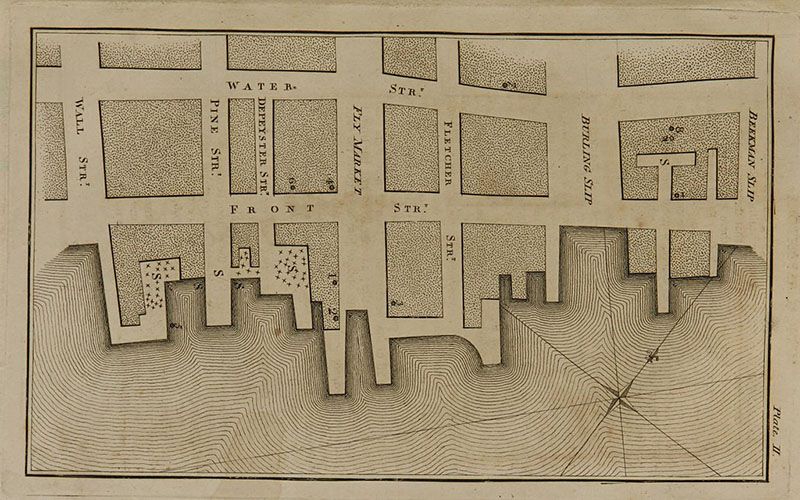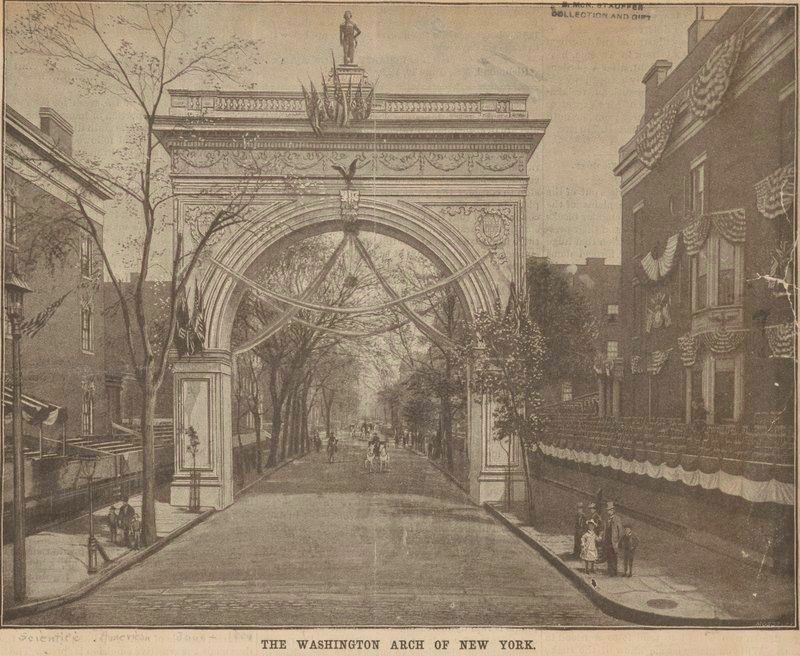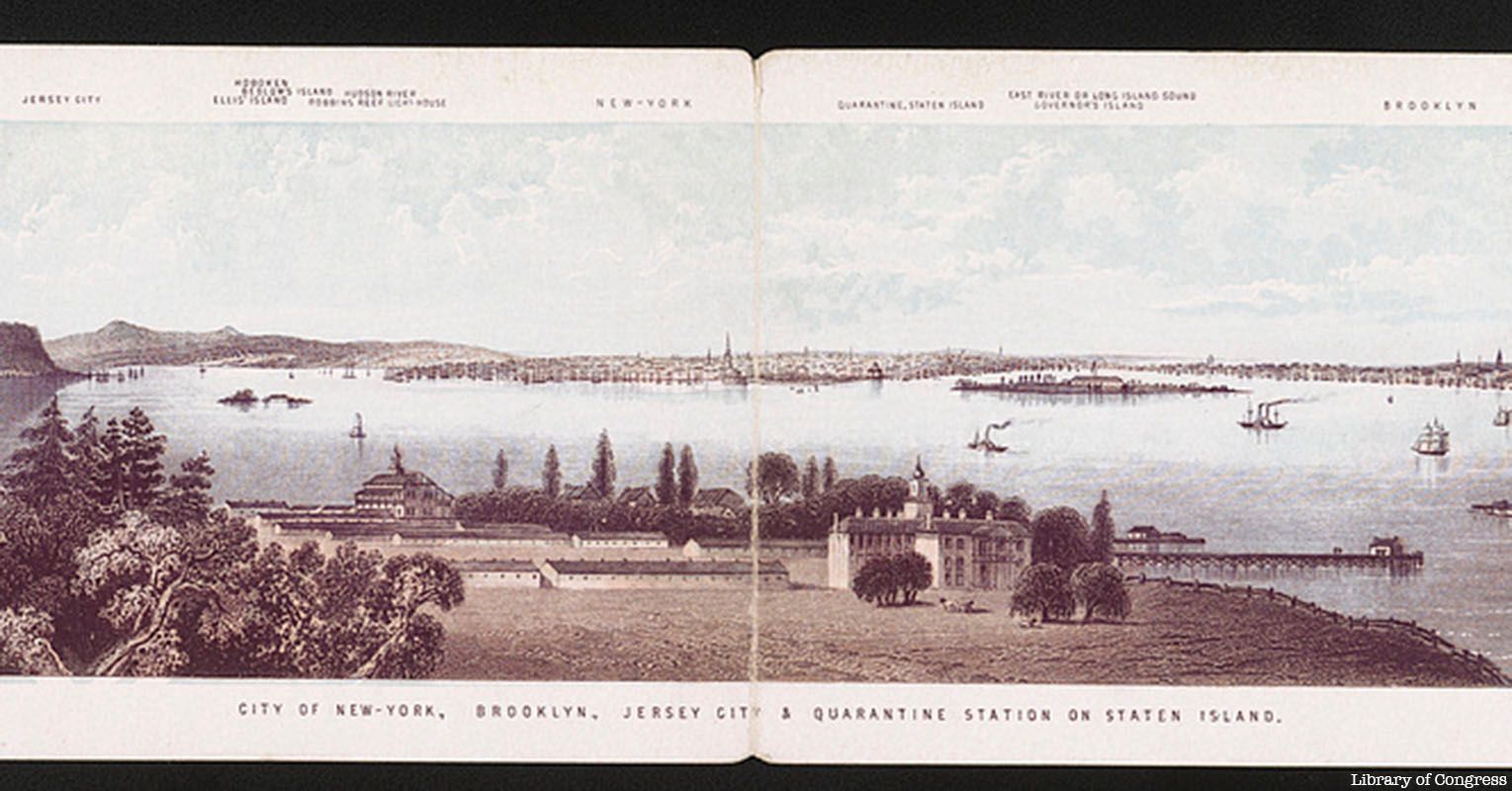Last-Minute NYC Holiday Gift Guide 🎁
We’ve created a holiday gift guide with presents for the intrepid New Yorker that should arrive just in time—


Many epidemics and pandemics have plagued New York City such as cholera in mid-1800s to diphtheria from the late-19th and early-20th centuries. As more diseases struck New York City, medical science expanded, leading to more effective safety procedures. The Spanish flu brought a timetable system to regulate the opening and closing hours of businesses, while polio brought the temporary closing of public spaces and cancellation of public gatherings. The yellow fever epidemics that plagued New York City from 1795 to 1803, however, occurred before this era of rapid scientific development. It is in this same hot and muggy New York City July that the mosquitos took control of the city with their bites no one suspected as a vector for disease.
The spark of the New York City yellow fever epidemic was the arrival of the disease in Philadelphia in the summer of 1793. After people fled yellow fever in the Caribbean, they brought it to Philadelphia upon landing. The first summer, the disease spread like wildfire, killing around 5,000 residents out of 50,000. Many then fled Philadelphia for New York City, so New York enacted quarantines for boats arriving from Philadelphia. These quarantine quarters were located on Governors Island, and the quarantine delayed the arrival of yellow fever to New York City for two years. However, lack of knowledge about the way yellow fever spread was one reason that the disease was destined to hit New York City despite efforts to keep it away.

When summer 1795 arrived, yellow fever cases came with it as well. Around 730 people died of yellow fever that first summer. This disease, which causes symptoms of fever, headache, muscle pain, nausea, vomiting and fatigue, would plague New York City for almost a decade. Another common symptom—jaundice—turns the skin and eye whites of severe patients yellow due to obstruction of the bile duct or the inability to break down red blood cells. However, few knew that the pandemic was raging through New York City due to reluctance to publicize the epidemic. Many feared a loss of business and mass migration from the city more than spreading the disease.
The following summer, yellow fever returned along with mosquitos, but it did not reach epidemic proportions. It was not until 1798 that the disease spread in the city with fury. Around 2,000 would die out of a total population of around 35,000. At first, New York City papers were hesitant to publicize the outbreak, but Philadelphia papers would beat them to it, sparking fear in New Yorkers. A young doctor, Elihu Smith, wrote, “Wherever you go, the Fever is the invariable & unceasing topic of conversation…. People collect in groups to talk it over, & to frighten each other into fever, or flight.” Many residents relocated to the outskirts of the city, which was then around Wall Street and Greenwich Village.

Large amounts of the dead were buried is mass graves. One of these grave sites is now where Washington Square Park sits. Michelle Nevius and James Nevius, authors of guidebook Inside the Apple: A Streetwise History of New York City, speculate that many bodies remain under the grass and pavement of the park today.
As the New York City breakouts occurred, efforts were made to build a quarantine hospital on Staten Island in 1799. On September 1, 1858 a mob burned down this hospital in protest of its close vicinity to their homes. With patients infected with diseases such as smallpox, cholera, typhus and yellow fever, Staten Island residents feared catching these deadly ailments. In burning down the quarantine hospital, they felt they could close the operation completely. The night of the mob, only a mob member and yellow fever patient died. The next day, the mob returned to burn down the remaining buildings that survived.

Although yellow fever continued to appear annually following this second epidemic sized outbreak, the final large yellow fever outbreak in New York City occurred in 1803. Following this year, the vengeful fever would fade away. However, in 1805, another 270 people died from the disease in New York. America’s last yellow fever epidemic occurred in New Orleans in 1905 and took 900 lives.
Next, check out 12 prior epidemics that plagued New York City!
Subscribe to our newsletter